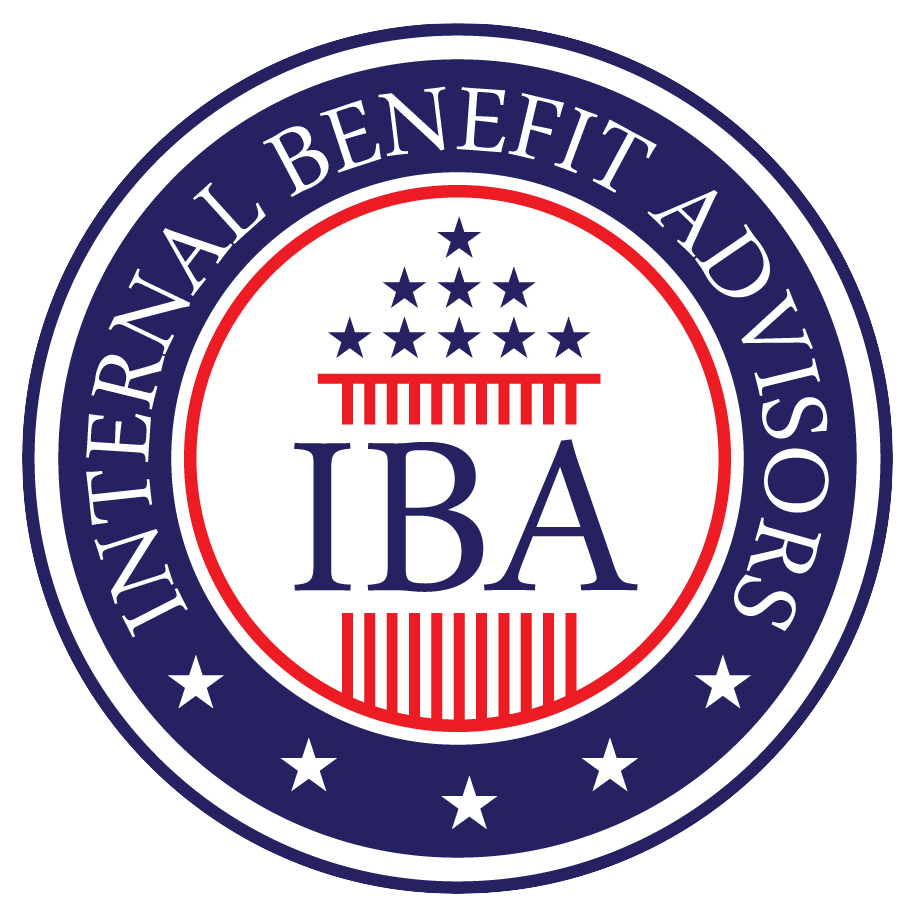With dozens of RIF actions temporarily frozen (FedWeek), Federal Employees have been granted unexpected time to prepare. Here’s how to transform this reprieve into retirement security.
Recent reports indicating that dozens of Reduction-in-Force (RIF) actions are on hold pending court orders serve as a stark reminder of the uncertainties that can impact federal careers. When employment decisions are tied up in legal proceedings, it highlights a critical truth for all Federal Employees: your best defense against uncertainty is a powerful offense of proactive Federal Retirement Planning and a deep understanding of your Federal Benefits.
While policy and legal battles are out of your control, mastering your own financial and benefits situation is not. This knowledge provides stability in a changing environment.
Understanding RIF and Your Protections
A Reduction-in-Force (RIF) is a formal process agencies must follow when separating employees due to events like reorganization, lack of work, or budget cuts. The process is not arbitrary; it is governed by specific OPM regulations that determine an employee’s rights based on:
- Tenure Group: (e.g., career vs. probationary)
- Veterans’ Preference
- Performance Ratings
- Length of Service
Even with these formal protections, the possibility of a RIF can be a significant source of stress. This is why financial and benefits preparedness is so crucial.
Your Financial Toolkit for Career Uncertainty
Knowing what you’re entitled to and what options are available is key to navigating any potential career transition, including one caused by a RIF.
- The TSP as Your Financial Foundation: Your Thrift Savings Plan (TSP) is more than just a retirement account; it’s a critical financial cushion. Consistently contributing, especially beyond the 5% required to get the full agency match, builds a fund that provides security and flexibility during any period of uncertainty.
- Vested FERS Pension Rights: A RIF does not erase your earned pension benefits. If you are vested in the Federal Employees Retirement System (FERS)—typically after 5 years of creditable civilian service—you are entitled to a future pension, even if you separate from service. This may be in the form of a deferred annuity payable at a later age (e.g., age 62).
- Special RIF-Related Benefit Options: In an involuntary separation like a RIF, certain special Retirement Benefits may become available, provided you meet the criteria:
- Discontinued Service Retirement (DSR): This is a powerful option that allows you to begin receiving an immediate annuity if you meet specific age and service requirements (e.g., age 50 with 20 years of service, or any age with 25 years of service).
- Severance Pay: Employees who are not eligible for an immediate annuity may be entitled to severance pay, providing a valuable income bridge.
- Insurance Continuation: A primary concern during any job separation is health insurance. The Federal Benefits package offers options to ensure you are not left without coverage:
- Temporary Continuation of Coverage (TCC): You have the right to continue your Federal Employees Health Benefits (FEHB) coverage for up to 18 months by paying the full premium plus a 2% administrative fee.
- FEGLI Conversion: You can also convert your Federal Employees’ Group Life Insurance (FEGLI) to a private policy without providing medical evidence.
The Power of a Proactive Strategy
The time to learn about these complex rules is not after receiving a RIF notice. Understanding your options now allows you to create a comprehensive financial plan that accounts for various scenarios. Consulting with specialists in Federal Benefits, like the advisors at Internal Benefit Advisors, can be invaluable. They can help you understand your eligibility for specific options like DSR and integrate them into your broader Federal Retirement Planning strategy.
Ultimately, external events will always be a factor in federal service. Your personal financial preparedness is the constant that provides true security and control over your future.
The RIF Survival Checklist
1. Document Everything
- Performance reviews
- Training certificates
- Special accomplishments
2. Understand Your Rights
- Retention Standing: Know where you fall on the retention register
- Bump and Retreat: Study OPM’s RIF regulations
- Severance Options: Up to 1 year’s pay for some employees
3. Financial Preparedness
- Emergency Fund: Build to cover 12+ months of expenses
- Debt Reduction: Pay down high-interest obligations
- Benefit Review: Verify life insurance conversions options
Strategic Retirement Options During RIF Uncertainty
| Scenario | Best Action | Potential Impact |
|---|---|---|
| Within 5 years of MRA | Consider early retirement | Preserve full FEHB benefits |
| More than 10 years from MRA | Pursue reassignment | Maintain TSP growth potential |
| Facing imminent separation | File for disability retirement | Possible immediate annuity |
Why Proactive Planning Matters
Our analysis shows federal employees who prepare for RIFs:
- Preserve 23% more of their retirement assets
- Maintain continuous health coverage in 89% of cases
- Reduce tax penalties by 35% through proper TSP planning
How Internal Benefit Advisors Can Help
✔ RIF Impact Modeling: Project separation scenarios
✔ Benefits Optimization: Maximize what you keep
✔ Career Transition Support: Public/private sector planning
“The difference between a RIF disaster and manageable transition often comes down to six months of preparation.” – Sarah K., Federal Employment Specialist
Your 90-Day RIF Preparedness Plan
📅 Month 1: Complete benefits audit
📊 Month 2: Build emergency cash reserves
🛡️ Month 3: Develop contingency plans
Keywords: Federal Retirement Planning, Retirement Planning, Federal Employees, Thrift Savings Plan, Federal Benefits, Retirement Benefits
References:
Don’t wait for a RIF notice—schedule a protection plan review today.




